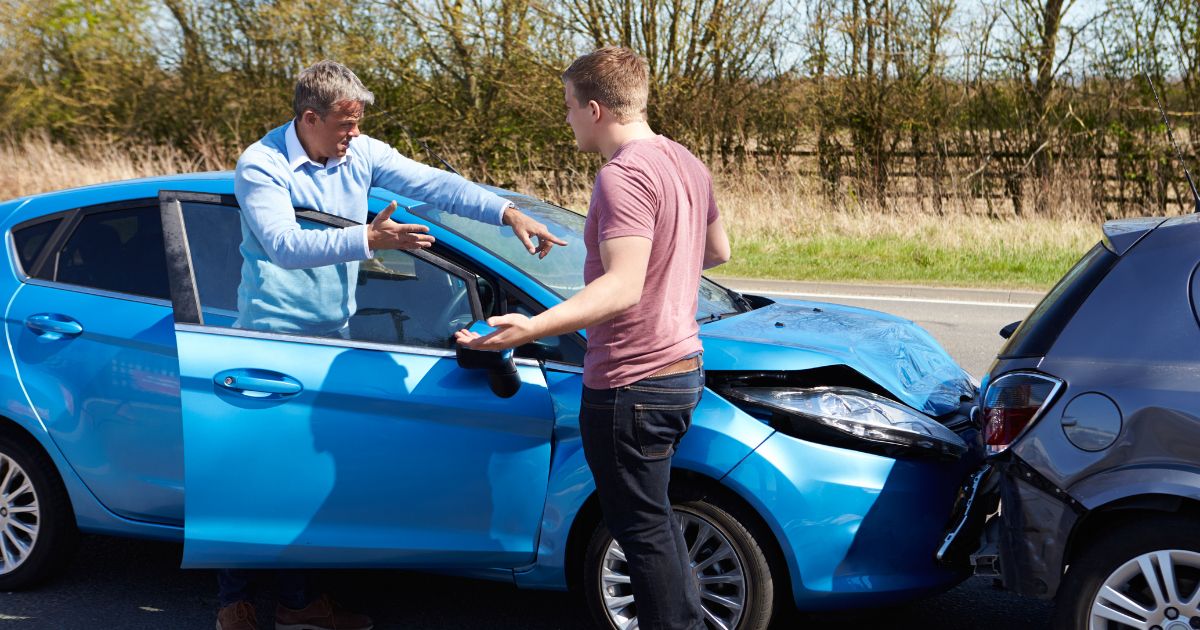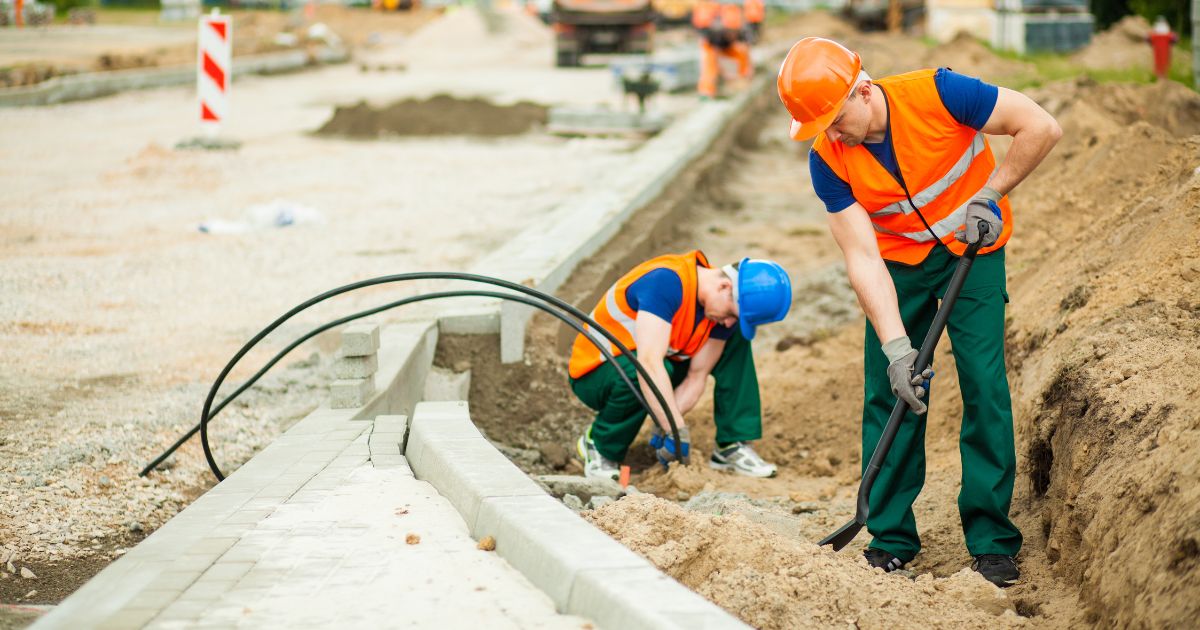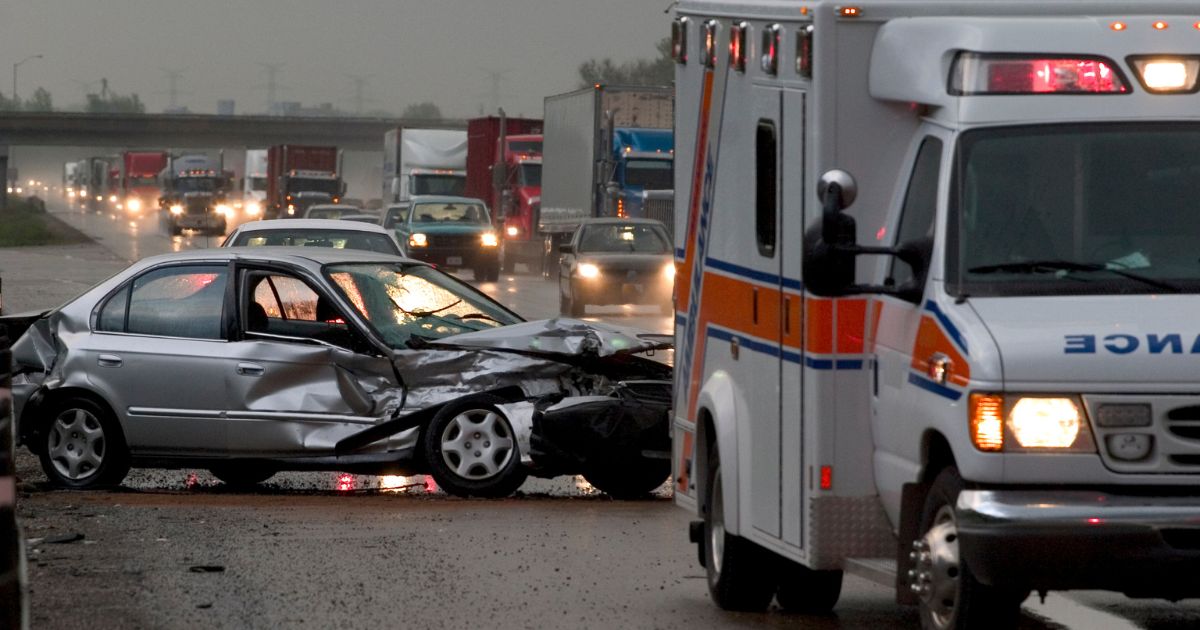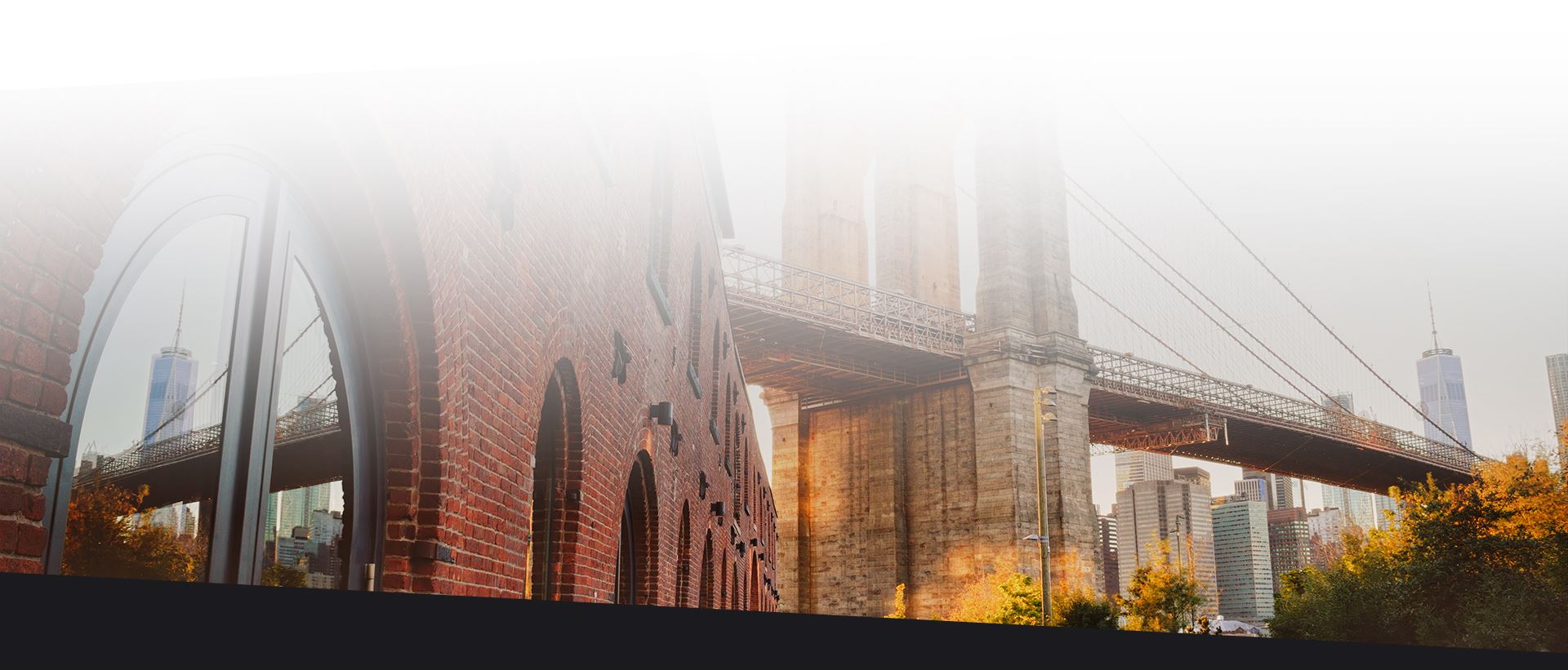New York City has the most traffic congestion of any other city in the United States and ranks fifth worldwide. A recent national road travel study revealed that New York City residents lose an average of 102 hours each year sitting in traffic congestion.
The Brooklyn-Queens Expressway (BQE) is one of the busiest and most dangerous roadways in New York City. An 11-mile stretch of Interstate 278, the BQE was built in the 1940s and is famous for its nearly half-mile section of triple cantilever design of three Eastbound lanes constructed above three Westbound lanes, topped with a pedestrian traffic level.
Approximately 130,000 vehicles travel over the BQE daily, 13,000 of which are heavy-load commercial trucks. The poorly maintained and crumbling roads, coupled with heavy traffic congestion, result in thousands of accidents every year, many resulting in fatalities. But there are times when the BQE is safer to drive. Determining the safest time to drive the BQE involves considering several factors that may impact your commute, such as:
- Time of day: The BQE typically experiences the least traffic during non-peak hours before and after rush hour traffic, such as early mornings between 5:00 a.m. and 7:00 a.m. and late evenings between 9:00 p.m. and midnight.
- Day of the week: Weekends generally have less traffic than weekdays, with fewer commuters traveling to and from work. The BQE experiences less traffic congestion on Saturday and Sunday mornings before 10:00 a.m. and Sunday evenings after 7:00 p.m.
- Construction: Maintenance along the BQE is common and is often the cause of increased congestion. As the only major road connecting Brooklyn and Queens, the BQE cannot be fully closed for construction, resulting in heavier and slow-moving traffic, road crews, equipment, altered traffic patterns, and reduced speeds that can increase the risk of accidents.
- Weather: Fog, rain, snow, and ice significantly affect the road conditions and visibility on the BQE, increasing traffic congestion and the risk of accidents.
When Is the Worst Time to Drive the BQE?
Traffic congestion in and around the city’s roadways is heaviest during rush hours – the morning and evening commute to and from work. The heaviest rush hour traffic occurs on weekdays, typically from 8:00 a.m. to 9:00 a.m. and 3:00 p.m. to 7:00 p.m., with the absolute worst time of day to drive being 4:00 p.m. to 5:00 p.m.
While many New Yorkers walk or use public transportation, such as the subway or bus system, to navigate the city, driving is the only option for tens of thousands of residents. Busier roads increase the risk of car accidents, typically due to behaviors such as:
- Aggressive or reckless driving habits
- Speeding
- Traveling too closely to others
- Distracted drivers
- “Rubbernecking” accident scenes
- Failure to signal
- Disobeying traffic laws or signs
How Can I Stay Safe While Driving on the BQE?
New York City is one of the most densely populated cities in the world, meaning traffic and commuting occupy a substantial amount of time for those living in the city and surrounding areas. Driving can be challenging in the city, especially if your route involves the BQE, one of the most congested and dangerous stretches of highway, and no stranger to accidents. If traveling the BQE is unavoidable, practicing the following measures can keep you and your loved ones safe during the drive:
- Stay alert at all times, particularly in heavy traffic.
- Avoid distractions like texting, talking on the phone, or eating.
- Familiarize yourself and follow all traffic laws and regulations.
- Pre-plan your route, taking alternate roads if possible.
- Give yourself extra time.
- Avoid driving during rush hours.
- Remain calm, avoid anger, and do not drive aggressively.
- Reduce speed and increase following distance during rush hour traffic and inclement weather.
- Drive defensively and watch other motorists to anticipate their movements.
- Pay attention to vehicles entering the highway.
- Monitor traffic updates.
- Avoid areas under road construction.
- Always wear your seat belt.
- Check mirrors and blind spots frequently.
- Do not drink and drive.
- Keep the windows and lights clean.
- Maintain at least a half tank of gas at all times.
What If I Am in an Accident on the BQE?
With the high volume of traffic and poor road conditions on the BQE, accidents occur almost daily. If you are in a car accident on the BQE, taking some initiative to gather evidence can be beneficial toward filing a claim for damages. If you are physically able, you should do the following:
- Report the accident: Call 911 to report the accident and any injuries.
- Document the scene: Take photos of the scene, including the damage to both vehicles, road conditions, traffic signage, weather conditions, obstacles, and anything else you believe contributed to the accident.
- Minimize conversation: Be cautious while speaking with the other driver or others after an accident. Exchange contact and insurance information and refrain from arguing or apologizing. What you say can be used against you later, potentially damaging your claim. The same applies to social media. Do not post pictures or comments related to the accident or injuries.
- Gather statements: If there are witnesses who are likely on such a heavily traveled highway, ask for their names, contact information, and a statement about what they saw.
- Seek medical attention: Always seek evaluation from a physician following an accident, even if you believe your injuries are minor. Symptoms of specific serious internal injuries do not present immediately but can be life-threatening if left untreated. The medical report is also a crucial element of your claim, and without one, the claim will likely be denied.
- Maintain records: Keep any documents related to the accident and your injuries, including medical bills, communications, treatment records, and any repair estimates or replacement costs.
- Consult a lawyer: Hire an experienced car accident lawyer with a reputation and successful negotiation record with insurance companies.
Our Brooklyn Car Accident Lawyers at Rubenstein & Rynecki Represent Clients Injured in Collisions on the BQE
The BQE is one of the most-traveled and dangerous stretches of roadway in New York City. If you have been injured in an accident caused by another driver’s reckless actions, our Brooklyn car accident lawyers at Rubenstein & Rynecki can help you seek the justice you deserve for your injuries and losses. Call us today at 718-522-1020 or contact us online to schedule a free consultation. Located in Brooklyn, we serve clients throughout New York City, including The Bronx, Manhattan, Queens, and Staten Island.






